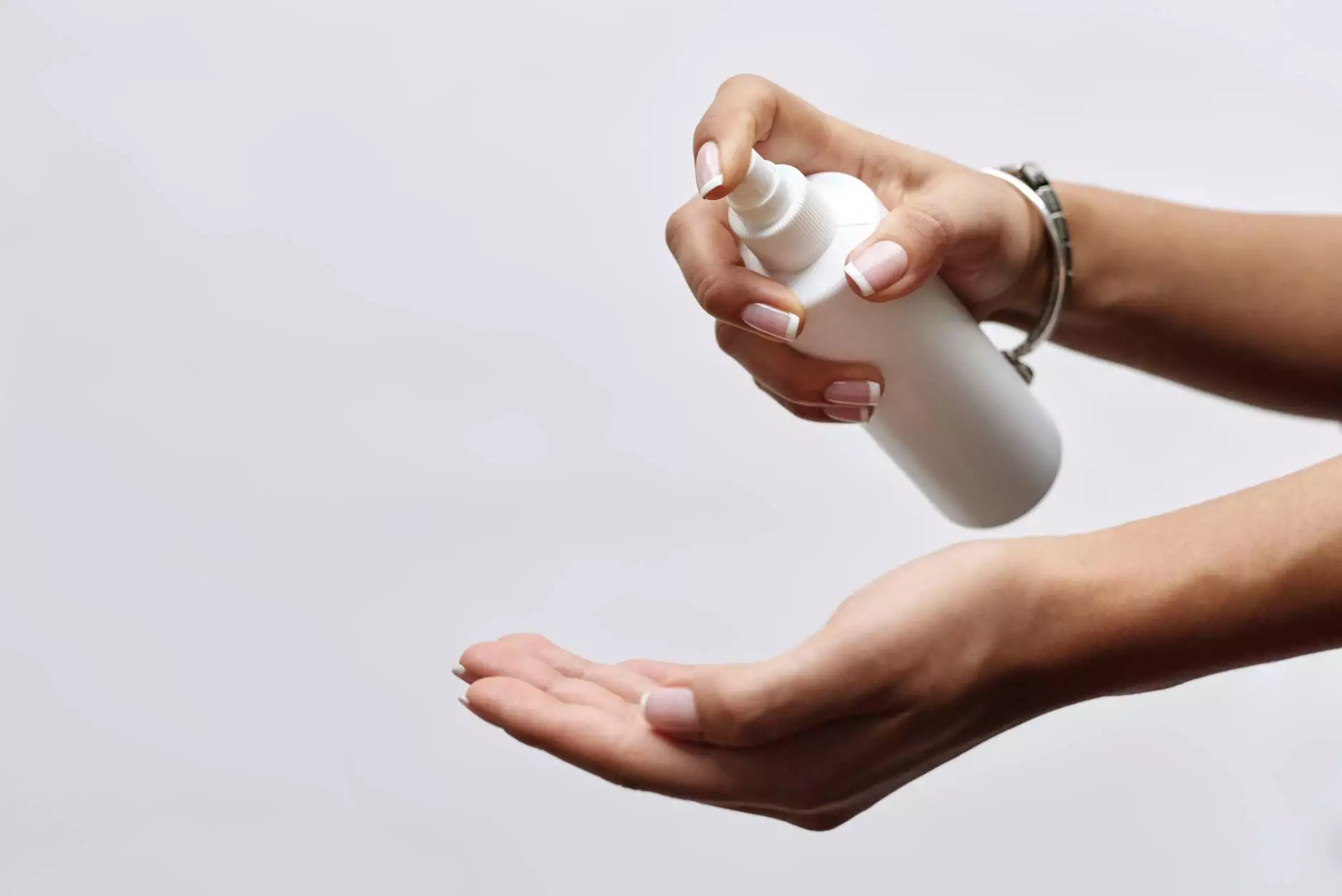Understanding Medical Disinfectants: Key Insights for Health & Medical Businesses

Medical disinfectants play a critical role in maintaining hygiene and safety in healthcare environments. From hospitals to clinics and laboratories, the use of effective disinfectants is essential for preventing the spread of infections and ensuring the well-being of patients and staff alike. In this comprehensive guide, we will delve into the various types of medical disinfectants, their applications, and key considerations for purchasing them for your medical facility.
What Are Medical Disinfectants?
Medical disinfectants are chemical agents designed to eliminate or reduce harmful microorganisms on surfaces and in the environment. These products are vital in healthcare settings where the risk of infection transmission is high. Medical disinfectants can be divided into several categories based on their effectiveness, application areas, and active ingredients.
Types of Medical Disinfectants
1. Alcohol-Based Disinfectants
Alcohol-based disinfectants are commonly used in healthcare environments due to their broad-spectrum efficacy against bacteria, viruses, and fungi. The active ingredients typically include isopropyl alcohol or ethyl alcohol in concentrations of 60% to 90%. These disinfectants are often used on skin and non-porous surfaces.
2. Chlorine-Based Disinfectants
Chlorine compounds, such as sodium hypochlorite, are powerful disinfectants effective against a wide range of pathogens, including bacteria, viruses, and spores. They are especially useful in cleaning surfaces contaminated with organic matter but should be handled with care due to their corrosive nature.
3. Quaternary Ammonium Compounds (Quats)
Quaternary ammonium compounds are another category of disinfectants often utilized in healthcare settings. They are effective against many bacteria and viruses and are known for their residual antimicrobial activity. However, they may not be effective against certain spores and some types of viruses.
4. Hydrogen Peroxide
Hydrogen peroxide is an environmentally friendly disinfectant that breaks down into water and oxygen, making it a popular choice for many healthcare facilities. It is effective against bacteria, viruses, and spores, and can be used on various surfaces, including medical equipment.
Importance of Medical Disinfectants in Healthcare Settings
The use of medical disinfectants is crucial in healthcare settings for several reasons:
- Infection Control: Medical disinfectants help prevent healthcare-associated infections (HAIs) that can complicate patient recovery and lead to increased healthcare costs.
- Patient Safety: Maintaining a clean environment reduces the risk of infections, ensuring the safety of both patients and healthcare workers.
- Regulatory Compliance: Healthcare facilities are required to adhere to strict hygiene standards set forth by regulatory bodies, and effective disinfection is a key component of compliance.
- Enhanced Trust: A commitment to hygiene and safety fosters trust between patients and healthcare providers, benefiting the overall reputation of the facility.
Choosing the Right Medical Disinfectant
Selecting the appropriate medical disinfectant for your healthcare facility involves several critical considerations. Here are some factors to keep in mind:
1. Spectrum of Activity
Consider the types of microorganisms you need to eliminate. Some disinfectants are effective against specific pathogens, while others provide broader coverage. Ensure your disinfectant can tackle the most common and critical pathogens relevant to your facility.
2. Surface Compatibility
Different surfaces require different types of disinfectants. Before purchasing, verify that the selected product is compatible with the surfaces you'll be treating, including sensitive equipment, metals, plastics, and fabrics.
3. Contact Time
Contact time is the duration that the disinfectant must remain wet on the surface to be effective. Some products may require longer contact times, which can affect workflow in bustling medical environments.
4. Ease of Use
The form of the disinfectant (liquid, spray, wipes) and its application method should align with the practical needs of your healthcare staff. Wipes, for instance, can simplify the disinfection process for user convenience.
Application of Medical Disinfectants
Medical disinfectants can be utilized in various areas within healthcare settings. Here are some common applications:
1. Surface Disinfection
Routine cleaning and disinfection of surfaces in patient rooms, waiting areas, and treatment rooms are essential for minimizing infection risk. High-touch surfaces should be prioritized.
2. Instrument Sterilization
Medical tools and instruments must be disinfected to prevent cross-contamination between patients. Follow manufacturer guidelines closely for best practices regarding the disinfection of instruments.
3. Personal Hygiene
Hand hygiene remains one of the most effective practices in infection prevention. Alcohol-based hand sanitizers should be readily available for staff and patients.
Key Considerations for Effective Disinfection
To maximize the effectiveness of your chosen medical disinfectants, consider the following:
- Training Staff: Ensure that all staff members are trained in proper disinfection protocols and understand the importance of using the right product for each application.
- Regular Audits: Conduct audits of your disinfection practices to identify areas for improvement and compliance with health standards.
- Stay Updated: Keep abreast of the latest developments in disinfectant science and regulatory changes. New products and guidelines emerge frequently in the health sector.
Conclusion: Elevate Your Standards with Medical Disinfectants
In the realm of healthcare, the importance of using effective medical disinfectants cannot be overstated. With the variety of disinfectants available and the crucial role they play in patient safety and infection control, it is imperative for health and medical businesses to make informed choices. By selecting the appropriate disinfectants, training staff effectively, and staying compliant with health regulations, your facility can enhance hygiene, foster trust, and ultimately provide superior patient care.
For more information on sourcing high-quality medical disinfectants and supplies, visit medalkan.com, where you can find the products that suit your healthcare needs best.









